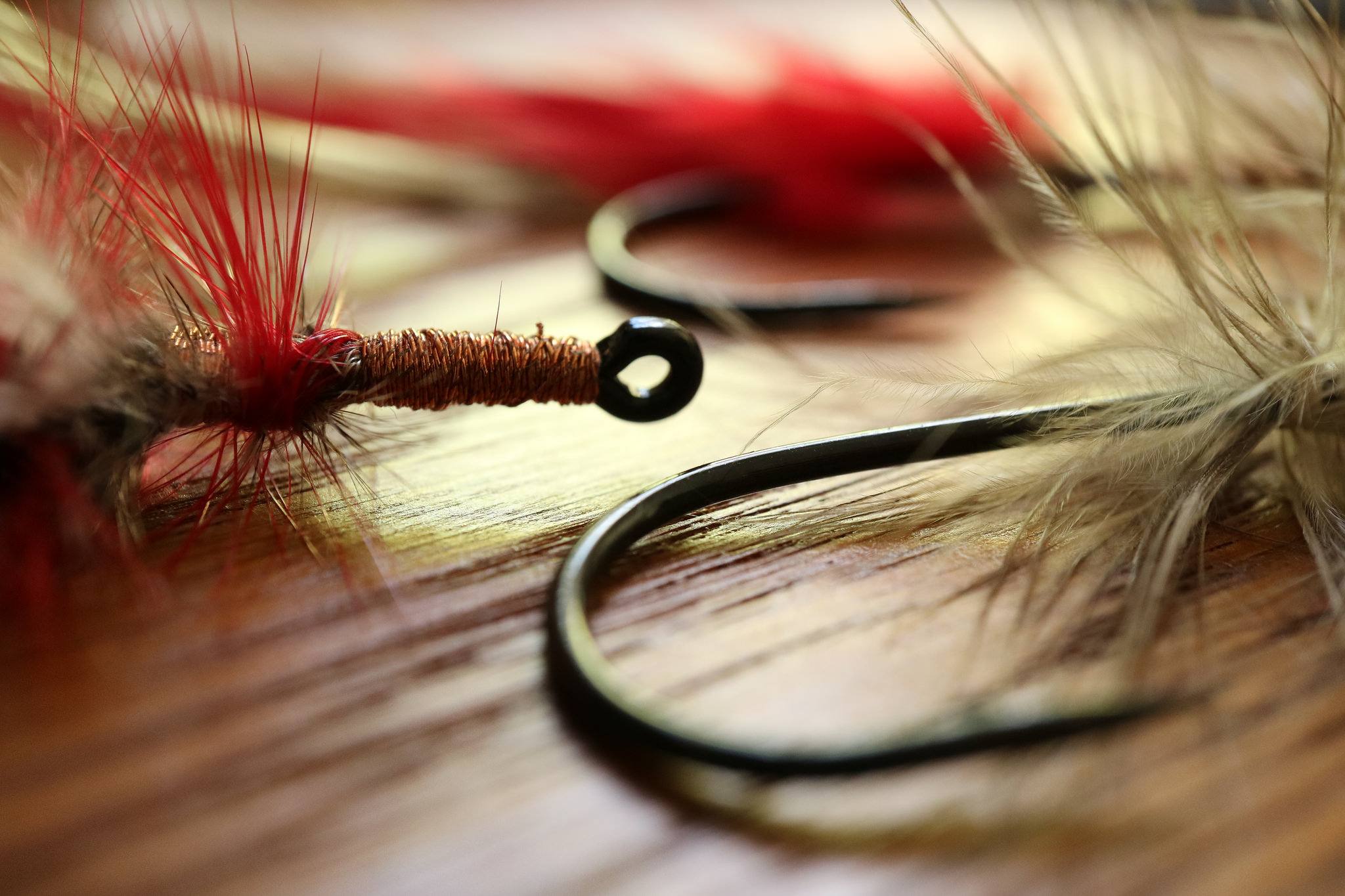Keep your fishing hooks sharp
Until quite recently, new fishing hooks were not very sharp. With new technologies, the new points are so sharp as to be almost like needles. These new hooks obviously do not need further sharpening. When these hooks get a bit blunt with use, they will need to be re-worked, so they will work as good as new.
Although none of us here at Outdoor Revival are keen fishermen we do practice fishing for survival and so we keep our hooks and gear in good order so that they work as efficiently as possible. Having sharp hooks reduces the risk of losing a catch and that could be a big deal in a survival situation.

Remember to keep your hooks sharp to improve your chances of a catch.
Hooks need to be razor sharp in order to slip through the plastic lure with ease and also to embed into the mouth of the fish.

A file is probably the best way to sharpen hooks, so keep a small triangular file or flat file in your kit.

Many kinds of battery operated sharpening tools can be bought and they are not very expensive. These can be used just for touching up the point of the hook. Most use one AA battery and have a small spinning cone shaped stone.

When sharpening the hook, you need to make a triangular tip so that it will cut into the jaw of the fish. Begin by filing the back of the point flat. Then file the inside of the point of the hook at a 45-degree angle to the flat back of the point, which is the cutting side of it. Repeat this on the other side to create a triangular point.

If you are doing this task at home, you can make use of a fly tying vise. But in the open, you will need to hold it in your hand. It is more difficult to sharpen smaller hooks, obviously.
If you do struggle, then a pair of pliers comes in handy.

Battery powered stones and files are what are needed to sharpen hooks, but it is even possible to sharpen them using an emery board or a clipper file. Work carefully around removing burrs. You may find you need to do this often when you fish around rocks.
A good way to test a hook is to draw it across your thumbnail carefully. If you find it leaves a clean, fine scratch, it is ready to use.

If you have any comments then please drop us a message on our Outdoor Revival Facebook page
If you have a good story to tell or blog let us know about it on our FB page, we’re also happy for article or review submissions, we’d love to hear from you.
We live in a beautiful world, get out there and enjoy it.
Outdoor Revival – Reconnecting us all with the Outdoors

